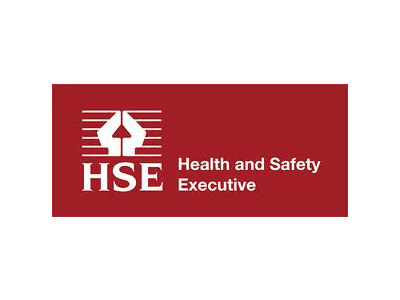1. Leadership Commitment
There is a reason we often say ‘lead by example’—leadership plays a pivotal role in shaping the safety culture of an organisation. When it comes to health and safety, leaders must demonstrate their commitment by setting clear safety expectations, providing necessary resources, and leading by example.
This commitment should be communicated consistently to all employees, reinforcing the importance of safety in every aspect of work. Leaders should also encourage employees to speak up if they are concerned about anything relating to staff health, safety, and wellbeing.
By listening to employees and taking on board ideas for change, leaders can help to build a positive safety culture where everyone feels valued and respected.
2. Routine Safety Training
Although it may sound like an obvious step, providing thorough and consistent safety training is essential in creating a positive safety culture.
By providing in-person or online training, business can give employees the knowledge and skills to identify hazards and follow appropriate safety protocols. Training should cover both general safety principles and job-specific risks, ensuring that new employees receive adequate training during onboarding.
3. Effective Communication
It’s also important to establish open channels for communication where employees can report hazards, concerns, and suggestions. Organisations should regularly update employees on safety performance, new policies, and any changes in regulations.
This will help to encourage a culture where safety discussions are a routine part of team meetings.
4. Regular Risk Assessments
Conducting regular risk assessments and audits helps evaluate the effectiveness of existing safety protocols. These assessments can also help to discover gaps in knowledge or areas that could be improved upon.
By striving for continuous improvement, regular risk assessments can help senior leaders make informed decisions about safety policies and procedures.
5. Employee Engagement
One key part of building a positive safety culture is getting employees involved. This means encouraging people to share their thoughts and taking on board ideas for improvement.
Recognition and reward should also be embedded into this process. When employees speak up and contribute to enhancing safety performance, show appreciation and express gratitude. This will help them to feel valued and motivate other employees to do the same.
6. Develop a Robust Health and Safety Policy
Working with expert health and safety consultancies can be a great way to develop a comprehensive health and safety policy. This policy should provide clarity, set standards, and create a framework for continuous improvement.
By regularly reviewing and updating the policy, organisations can ensure it remains relevant and effective. Having a resilient health and safety policy in place demonstrates that an organisation is truly dedicated to building a positive safety culture.
7. Encourage Continuous Improvement
Unfortunately, a positive safety culture is not self-sustaining. So, it is vital that organisational leaders promote a culture of continuous improvement. By carrying out regular risk assessments, health and safety training, and updating policies, companies can maintain a positive safety culture.








